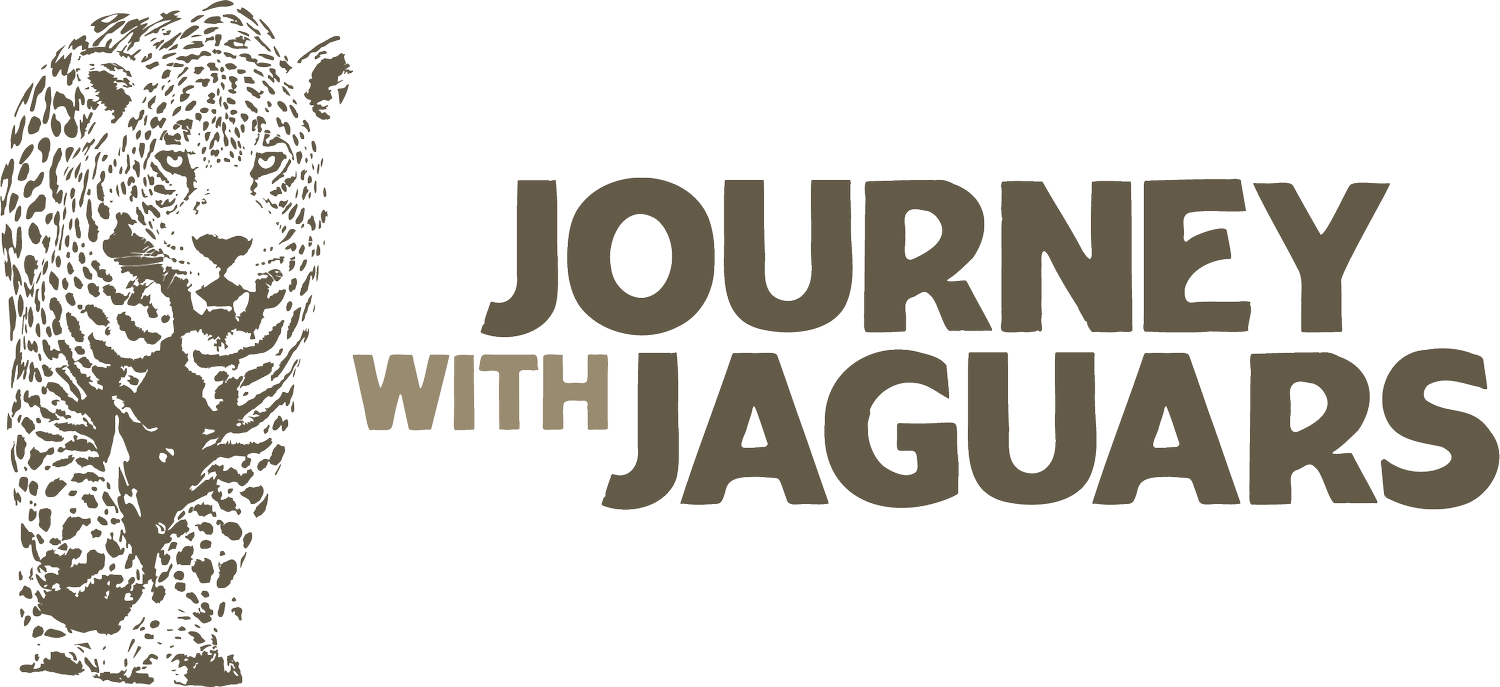
The Pantanal: Heart of the Wild
Stretching across vast swaths of Brazil, Bolivia, and Paraguay, the Pantanal is the world’s largest tropical wetland—a mosaic of flooded grasslands, savanna, and tropical forest teeming with life. This UNESCO World Heritage Site is one of the most biologically rich environments on Earth, home to over 4,700 species of plants and animals.
Each year, seasonal rains submerge up to 80% of the Pantanal basin, transforming it into an immense aquatic sanctuary. As the waters recede during the dry season, the floodplains give way to exposed riverbanks and lagoons, drawing in an astonishing variety of wildlife.
From kingfishers and jabiru storks to herons, macaws, and giant otters, the Pantanal becomes a magnet for both resident and migratory species. But this region is far more than a birder’s paradise.
It’s a refuge for some of South America’s rarest and most endangered animals—including the hyacinth macaw, maned wolf, marsh deer, and giant otter. It’s also home to more than 3,500 plant species, hundreds of mammals and reptiles, and over 9,000 subspecies of invertebrates.
And most famously, the Pantanal holds the highest concentration of wild jaguars on the planet.
Thanks to an abundance of prey and thriving ecosystems, jaguars can be seen year-round here. But from May to October, the dry season pulls them to the rivers—making them easier to spot as they drink, hunt, rest, and roam the exposed riverbanks.
This is where the wild still rules.
And this is where your journey begins.
When Is the Best Time to Visit the Pantanal?
Journey with Jaguars operates tours from May through November—the prime window for jaguar tracking and unforgettable wildlife encounters.
We’ve also run successful trips in April and December, but these months carry a higher chance of rain and are better suited to more flexible or adventurous travelers.
April to June – Quiet Beauty & Intimate Encounters
As the rainy season fades, the Pantanal bursts back to life.
Migratory birds return, jaguars emerge from the shadows, and everything feels fresh, green, and alive. This is a magical time to identify new and lesser-known jaguars, with blue skies, high rivers, and lush vegetation lining the banks.
Jaguar sightings can be more challenging due to the thick foliage and lack of exposed sandbanks—but when you do see one, it’s powerful, private, and rarely shared with another boat. Fewer vessels on the water mean fewer scouting eyes, but also deeply personal, unhurried moments in nature.
July to September – Peak Jaguar Season
This is the dry season—and the best time of year to see jaguars.
Water sources shrink, concentrating wildlife along the riverbanks. Vegetation thins, visibility improves, and jaguar activity becomes more frequent and predictable. This is when the Pantanal earns its reputation as the jaguar capital of the world.
There are more boats on the river, and more sightings are shared via radio—boosting chances for success. But at Journey with Jaguars, we don’t follow the crowd. We explore every corner of the river to create our own sightings, giving you unique, intimate experiences even during the busiest season.
October to November – Vivid Transitions
The first rains begin to fall, rejuvenating the dry terrain.
Plants bloom, colors return, and bird migration and mammal mating activity picks up. Though jaguars can mate year-round, this season often brings dramatic displays of wildlife behavior.
We run tours until November 30, though custom trips in December are possible for guests comfortable with increased rainfall and the lower visibility that comes with it.
January to March – The Wet Season
We do not operate tours during this period.
Heavy rains across Brazil fill the Pantanal basin, creating the largest flooded plain on Earth. While this flooding is essential to the ecosystem, it makes access difficult and wildlife much harder to find.



